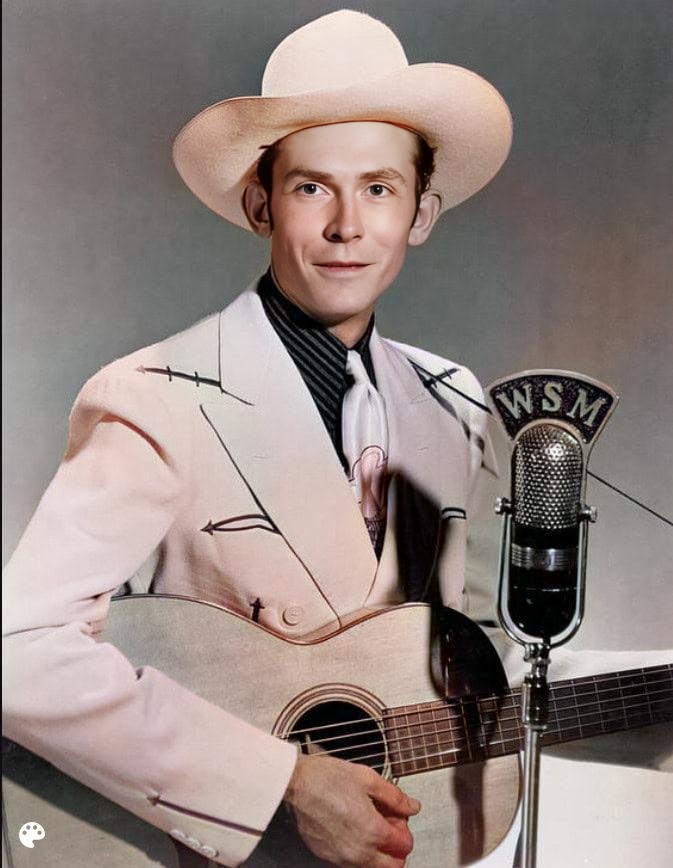
Hank Williams, a name synonymous with country music legend, crafted a timeless catalog of heartache and honky-tonk anthems. Born Hiram King Williams in 1923, he tragically died at the young age of 29, but his impact on music endures. Though his career was short-lived, his influence is undeniable. Williams achieved numerous chart successes, with multiple singles topping the Billboard country charts during his lifetime. He was posthumously inducted into the Country Music Hall of Fame in 1961, solidifying his place as one of the genre’s most significant figures.
Among his vast repertoire of emotionally resonant songs, “(I’m So Lonesome I Could Cry)” stands as a particularly powerful and enduring example of his genius. Released in 1949, this mournful ballad captures the raw essence of loneliness and despair. The song’s haunting melody and Williams’ emotionally charged vocal delivery paint a vivid picture of profound sadness. He skillfully uses metaphors of nature – the whippoorwill, the midnight train – to illustrate the depth of his sorrow. The lyrics are deceptively simple, yet incredibly evocative, exploring themes of lost love and the profound pain of separation.
“(I’m So Lonesome I Could Cry)” resonated deeply with audiences from its initial release. The song’s universal themes of heartbreak and longing transcended geographic boundaries and socioeconomic backgrounds. Listeners connected with the authentic vulnerability expressed in Williams’ voice, finding solace in the shared experience of sorrow. Even today, the song continues to be celebrated for its emotional honesty and its enduring power to evoke feelings of sadness and empathy. The enduring popularity and constant cover versions of this song are testaments to its lasting impact on music and culture.